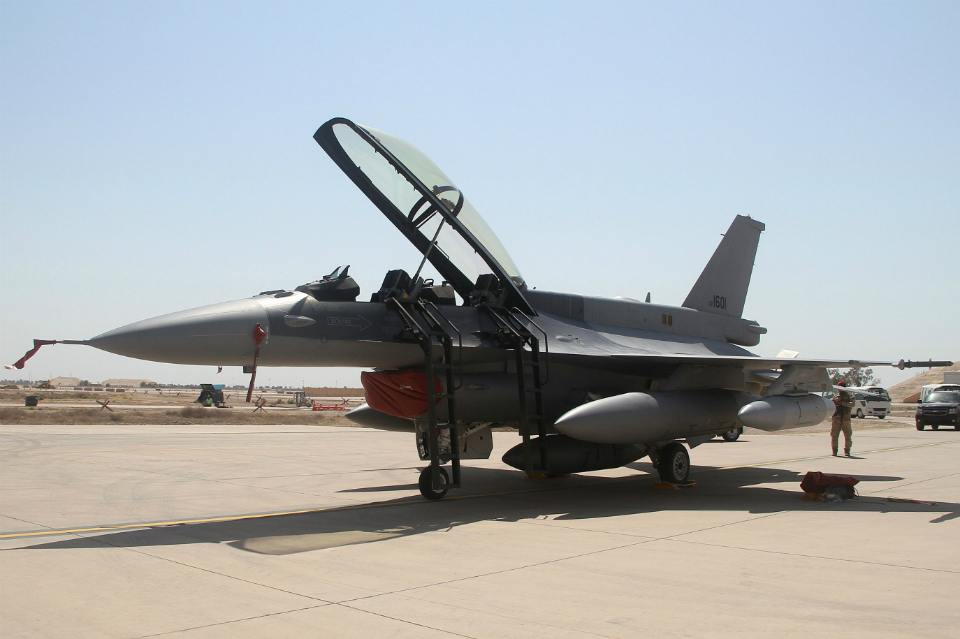What is a phreatic eruption?
A kilometers-high column of ash started emitting from Taal Volcano on Sunday in what the Philippine Institute of Volcanology and Seismology (PHIVOLCS) described as a phreatic eruption from hydrothermal activities.
Later that evening, the agency issued Alert Level 4, meaning that a hazardous eruption is imminent in hours or days.
But what is a phreatic eruption?
According to the United States Geological Survey (USGS) a phreatic eruption is a "steam-driven explosion" that happens when magma heats the ground or surface water.
The intense heat can cause water to boil and flash into steam, which results in an explosion of water, steam, rock and ash.

Need a wellness break? Sign up for The Boost!
Stay up-to-date with the latest health and wellness reads.
Please enter a valid email address
Your email is safe with us
"The water, once heated, begins to boil or can even flash straight to steam, causing an explosion," USGS said.
During phreatic eruptions, however, no new magma is produced, only fragments of preexisting solid rock from the volcano.
Phreatic eruptions can also often precede, accompany or follow a more traditional volcanic eruption.
In the early hours of Monday, Taal Volcano spewed lava fountains, in what PHILVOLCS said can be considered a "low-level" eruption.
In its 8 a.m. bulletin, PHIVOLCS said that Taal Volcano's initial phreatic activity had progressed into a magmatic eruption from 2:49 a.m. to 4:28 a.m.
"This magmatic eruption is characterized by weak lava fountaining accompanied by thunder and flashes of lightning," PHIVOLCS said.
According to USGS, magmatic eruptions "involve the rise of magma toward the surface, which normally generates detectable earthquakes."
USGS added it can also "deform the ground surface and cause anomalous heat flow or changes in the temperature and chemistry of the groundwater and spring waters."
Taal Volcano's last major eruption happened almost 43 years ago on October 3, 1977.
In 2018, Mayon Volcano in Albay also experienced a phreatic eruption, but there were no threats of major volcanic activity. — Ma. Angelica Garcia/BM, GMA News

Need a wellness break? Sign up for The Boost!
Stay up-to-date with the latest health and wellness reads.
Please enter a valid email address
Your email is safe with us

VP Sara says 'ironic,' but thanks Marcos for renewed relationship with dad Rodrigo
_2025_04_02_07_57_33.jpg)
Kris Aquino shares struggles with lupus flare, asks for continued prayers

Ivana Alawi, iniwan ang marangyang buhay sa Bahrain at niyakap ang simpleng buhay sa Pilipinas






